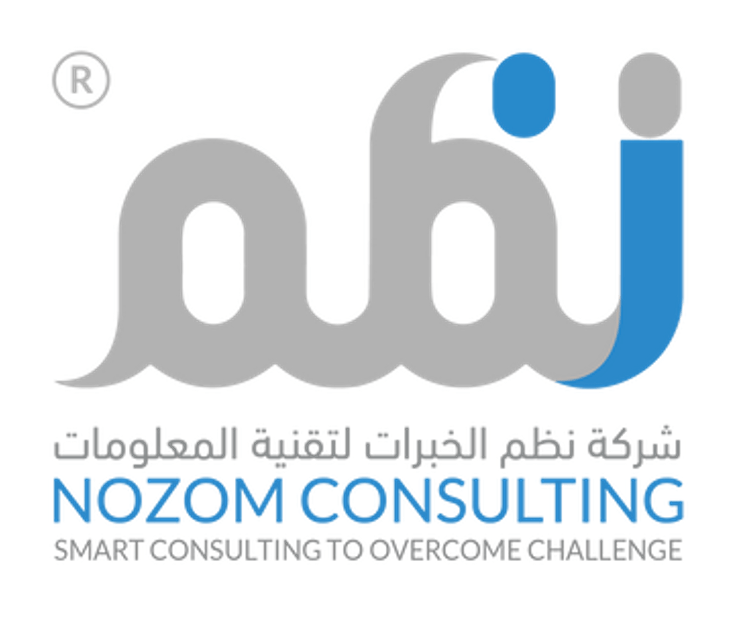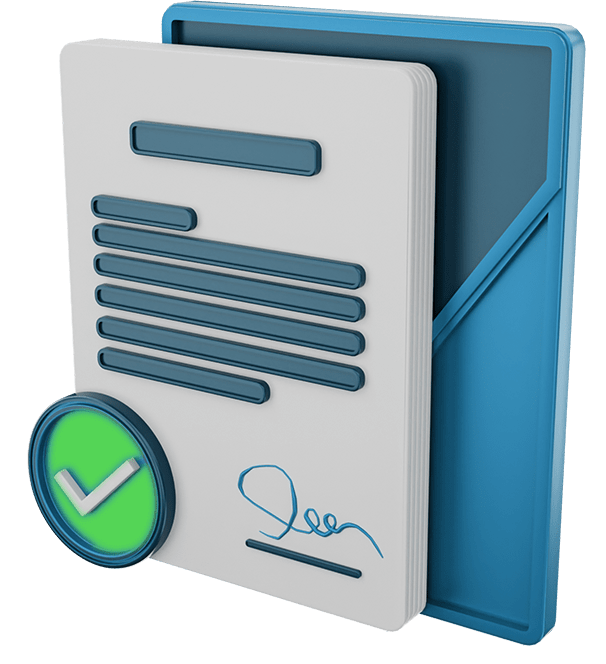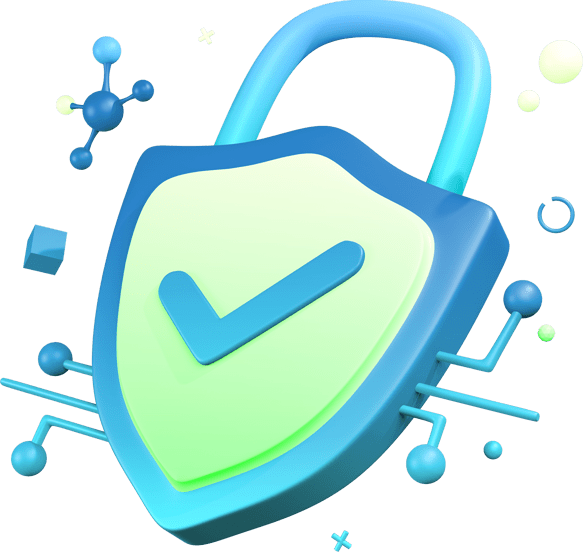A structured way to find, build, and run automations. Throughput rises, errors fall, and teams focus on higher-value work.
Why it matters
RPA can remove manual, repetitive work across finance, HR, customer care, and operations. Programs that succeed use a center-of-excellence (CoE) model with standards, controls, and a clear pipeline. So automation scales safely and delivers measurable outcomes. In Saudi Arabia, automations that touch government or personal data should reflect SDAIA/NDMO policies and standards for data management and protection (controls, classification, sharing). Aligning bot design and logs to these standards strengthens compliance and audit readiness.
How the RPA program is built
- Process discovery & selection: Identify candidates using volume, rules-based decisioning, data quality, and exception rates; validate business case and feasibility.
- Design standards: Define patterns for attended or unattended bots, exception handling, credential management, and retry logic; document inputs/outputs and SLAs.
- Data & access controls: Map data elements to NDMO classification and apply least-privilege access, vault-managed credentials, logging, and retention consistent with national data standards.
- Build & test: Use reusable components and stubs; test for resilience against UI changes and upstream system latency; capture test evidence for audit.
- Run & monitor: Deploy with scheduling, workload management, alerting, and KPIs.
- Governance (CoE): Operate a risk-based intake, design review, and change process; maintain a catalog of automations, standards, and exceptions.
- Scale & improve: Expand via reusable components, citizen-developer guardrails, and periodic value reviews; refresh the pipeline using process mining/discovery insights.
What you get
- Automation pipeline & business cases prioritized by impact and feasibility.
- Design kit & standards for stable, supportable bots (patterns, error handling, credentials).
- Governance model (CoE) with intake, reviews, change control, and an automation catalog.
- Operational runbook (scheduling, monitoring, incident response) and KPI dashboard.
- Data-handling controls aligned to SDAIA and NDMO standards (classification, logging, retention).
- Value tracking: throughput saved, error reduction, cycle-time improvement, and ROI.










